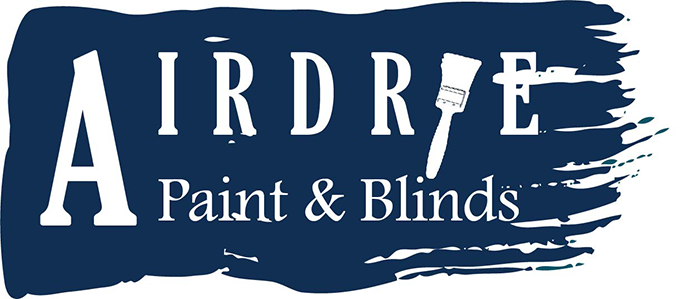Recently, we talked about the make up and use of Interior and Exterior Paint. Now, we move on to talking about primer, or the undercoat. The primary purpose for primer is fairly simple, it is to make it easier for paint to bond to surfaces. A more accurate description is that primer uses superior bonding agents to hold onto different surfaces, such as plastic, metal, or wood. Once dried, primer allows paints much easier bonding, so the paint goes on smoother and last longer. In some cases primer is also important to protect materials from the elements, such as wood.
Primers are composed of similar components to paint, only engineered for a different purpose.
- Binders are the parts of primer and paint which bond to the materials. These remain when solvents evaporate, creating a lasting strong bond between the material and the primer.
- Solvents are the chemicals which evaporate when they contact air. The process of drying is the chemical reaction that we can smell when paint is opened to air. Oxygen is reacting with the solvents and becoming a gas, leaving behind the other components.
- Additives show up again. Additives affect the overall nature of the primer, and can affect which surfaces it adheres to and what sorts of paint will bind with it.
Primers are equally as complicated as the paint we use. They are highly specialized in their roles, from protecting wood from moisture both in the paint and from the environment to forming bonds on difficult to adhere things like plastic.
